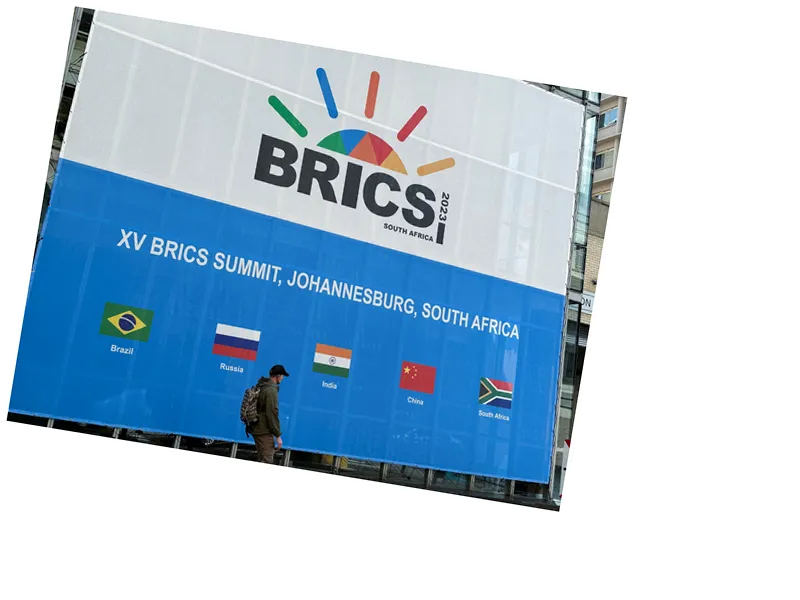The Rise of Multipolarity: BRICS vs. G7
The global landscape of economic and strategic alliances is undergoing significant transformation as nations shift towards a multipolar world. The BRICS nations—Brazil, Russia, India, China, and South Africa—are emerging as a formidable coalition aiming to challenge the traditional dominance of the G7. Recent expansions of BRICS to include countries like Iran, the UAE, Egypt, and Ethiopia signify a growing desire among these nations to enhance their global influence and create an alternative to Western-led alliances.
Economic Strategies Amidst Tensions
In response to geopolitical tensions, particularly following Russia's invasion of Ukraine, the G7 has intensified its sanctions against Russia, including price caps on oil and asset freezes. This has prompted BRICS members to seek deeper economic cooperation despite existing bilateral tensions, such as those between India and China. Notably, India is looking to attract Chinese investments to bolster its manufacturing sector, highlighting a pragmatic approach to economic alliances amidst political disputes.
Ideological Divides in Latin America
The ideological divide in Latin America is exemplified by the contrasting leadership styles of Brazilian President Lula da Silva and Argentine President Javier Milei. While Lula advocates for economic growth and cooperation within international frameworks like BRICS, Milei's strict austerity measures aim to combat Argentina's staggering inflation, reflecting a broader ideological split in the region. These developments underscore the dynamic nature of global alliances as countries navigate their paths in an increasingly multipolar world.





